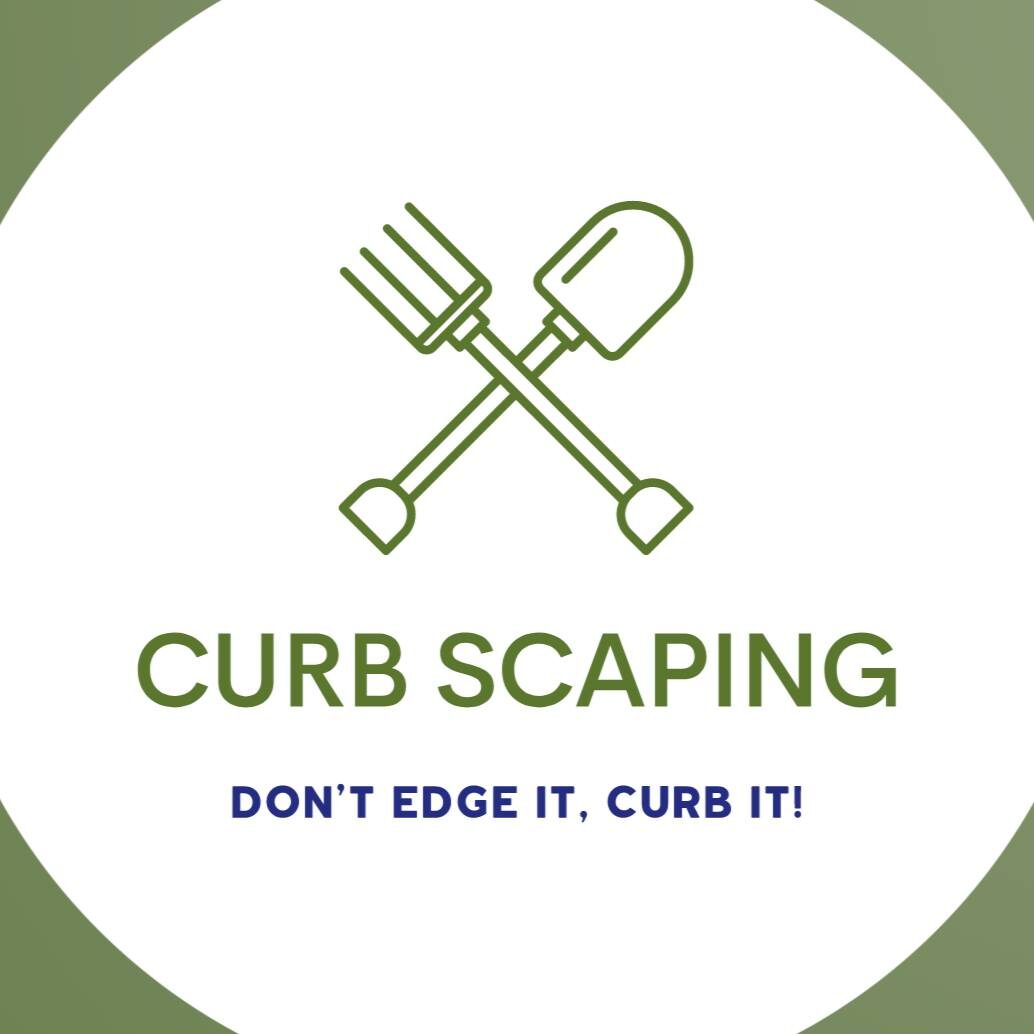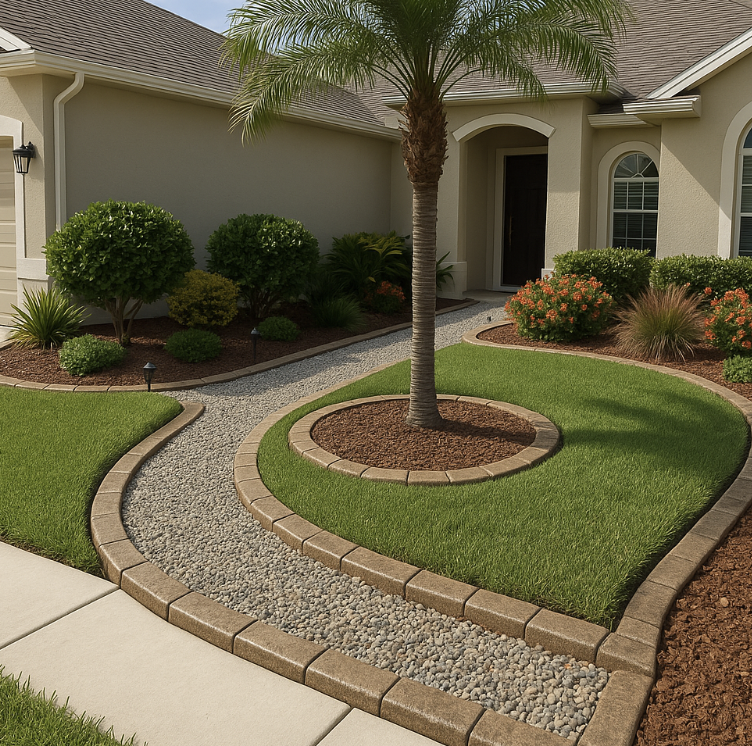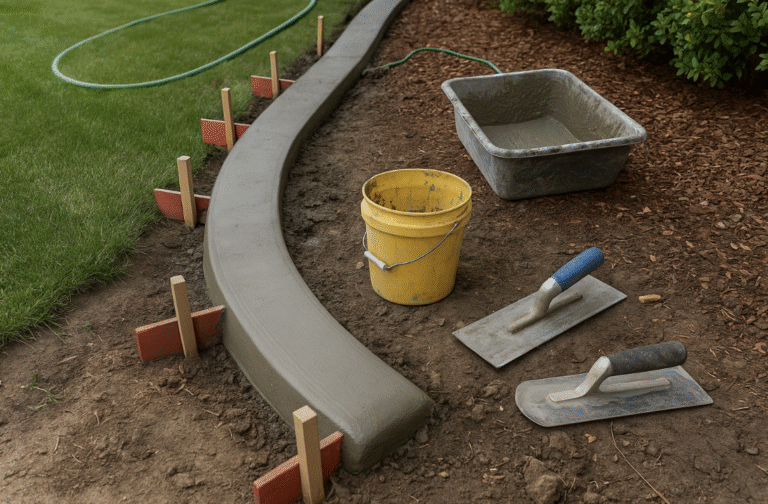Landscape Curb Trowels | Concrete Edging Hand Tools for Precision Curb Shaping
Installing clean, durable curbs takes more than just the right concrete mix, it takes the right hand tools. If you’re shaping concrete borders for driveways, gardens, or commercial properties, a landscape curb trowel is one of the most essential tools in your kit. It’s purpose-built for precision finishing, allowing for smooth edges, consistent profiles, and a professional result on every job.
What Is a Landscape Curb Trowel?
A landscape curb trowel is a curved hand tool specifically designed for finishing the edges of freshly poured concrete curbing. Unlike flat finishing trowels or corner edgers, curb trowels feature rounded or angled blades that match the contours of typical curb molds. They help shape, smooth, and clean the concrete surface after it’s extruded or formed. For decorative curbing or high-traffic areas, this finishing step can make the difference between average and professional-quality work.
Why It Matters for Edging Work
Using the wrong tool can ruin your finish. Standard concrete tools often leave drag marks, dig into edges, or can’t match the curve of your curb mold. A proper curb shaping trowel avoids those problems. It allows for accurate pressure control along transitions and corners, especially when working with decorative molds or sloped designs. When combined with other concrete edging hand tools, a curb trowel gives you the flexibility to handle straight runs, tight turns, or detailed transitions without compromising on the result.
Types of Concrete Edging Hand Tools
Curb trowels are just one part of a full edging toolkit. You’ll often pair them with:
- Groovers: Add expansion joints and help prevent cracking
- Edgers: Create clean rolled edges that resist chipping
- Floats: Smooth large surfaces before detailed shaping
- Jointers: Define straight lines in curbing for aesthetic or control purposes Each of these plays a role in the overall quality of your curbing finish—but the trowel is your final touch.
How to Use a Curb Shaping Trowel
- Wait until the concrete has set slightly—too early and it will pull; too late and it becomes brittle
- Work along the mold line, applying light, consistent pressure to shape and blend the edge
- Smooth out seams, curves, and joints with short, overlapping passes
- Keep the blade clean after every few strokes to avoid dragging hardened particles across the finish
- Check from multiple angles to ensure there are no gouges, waves, or surface inconsistencies
Best Use Cases
- Garden border curbs
- Residential driveway edges
- Commercial pathway transitions
- Decorative concrete landscape edging
- HOA perimeter installs If you’re working with a curb machine, the trowel is still necessary for finishing seams, detail work, and correcting small defects after the pour.
Pro Tips for Better Finishes
- Let the surface bleed water before shaping
- Use minimal pressure—let the trowel glide, not cut
- Shape during the window between plasticity and stiffness
- Work with the curve of the mold, not against it
- Use angled light or sunlight to inspect finishes before drying
Mistakes to Avoid
- Overworking the surface, which can weaken edges or bring too much water to the top
- Troweling too soon, leading to drag marks or tool prints
- Using dull or unclean tools that streak the finish
- Skipping the final edge blending, which leaves visible seams and joints
Maintenance Tips
After use, clean the trowel immediately with water and a stiff brush. Dry it fully before storing. If your trowel has a sharpened edge, keep it clean but don’t grind it unless it becomes visibly deformed. Store tools flat or hung to prevent warping. Rust can be prevented with a light oil rub if storing long-term.
Call to Action
Looking to deliver pro-level curb finishes on your next landscape project? Contact CurbScaping Tampa Bay to explore our recommended toolkits, or ask about our concrete curb installation services.







